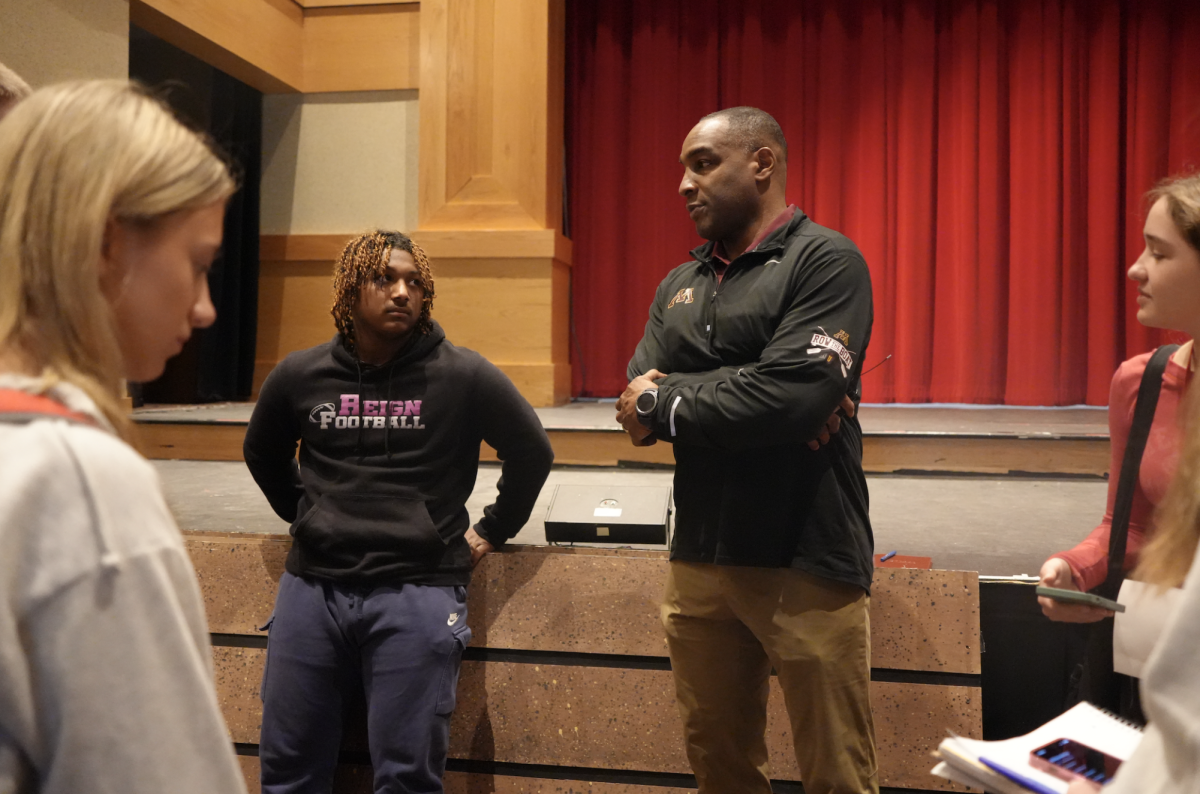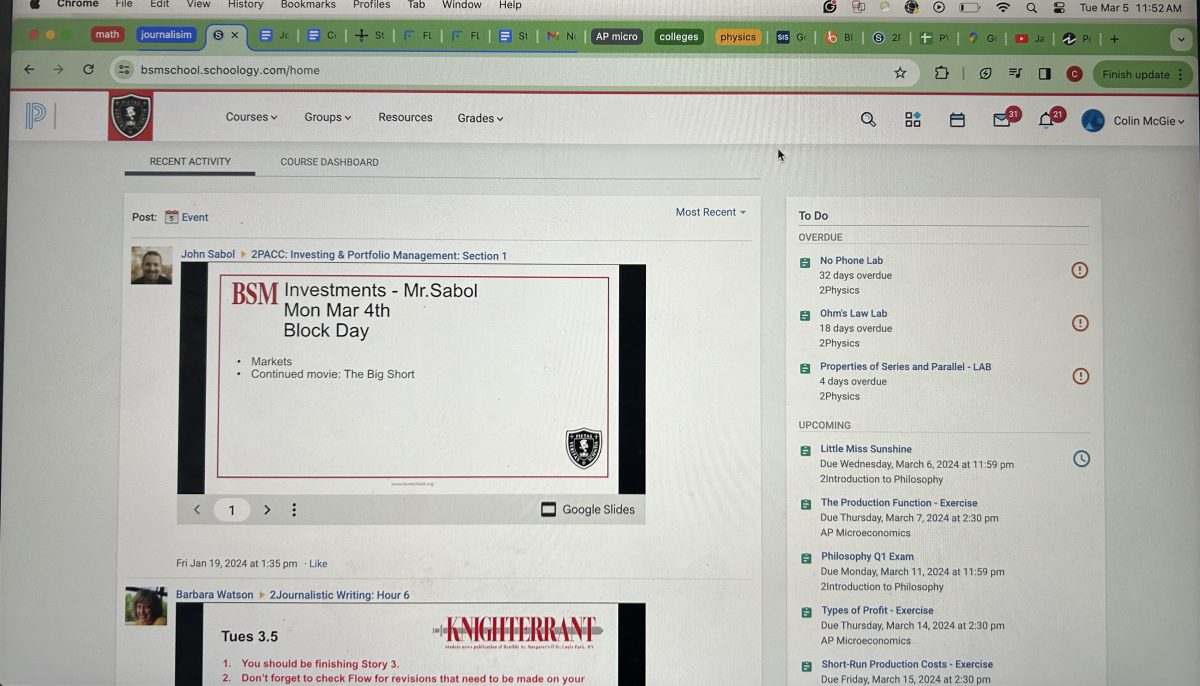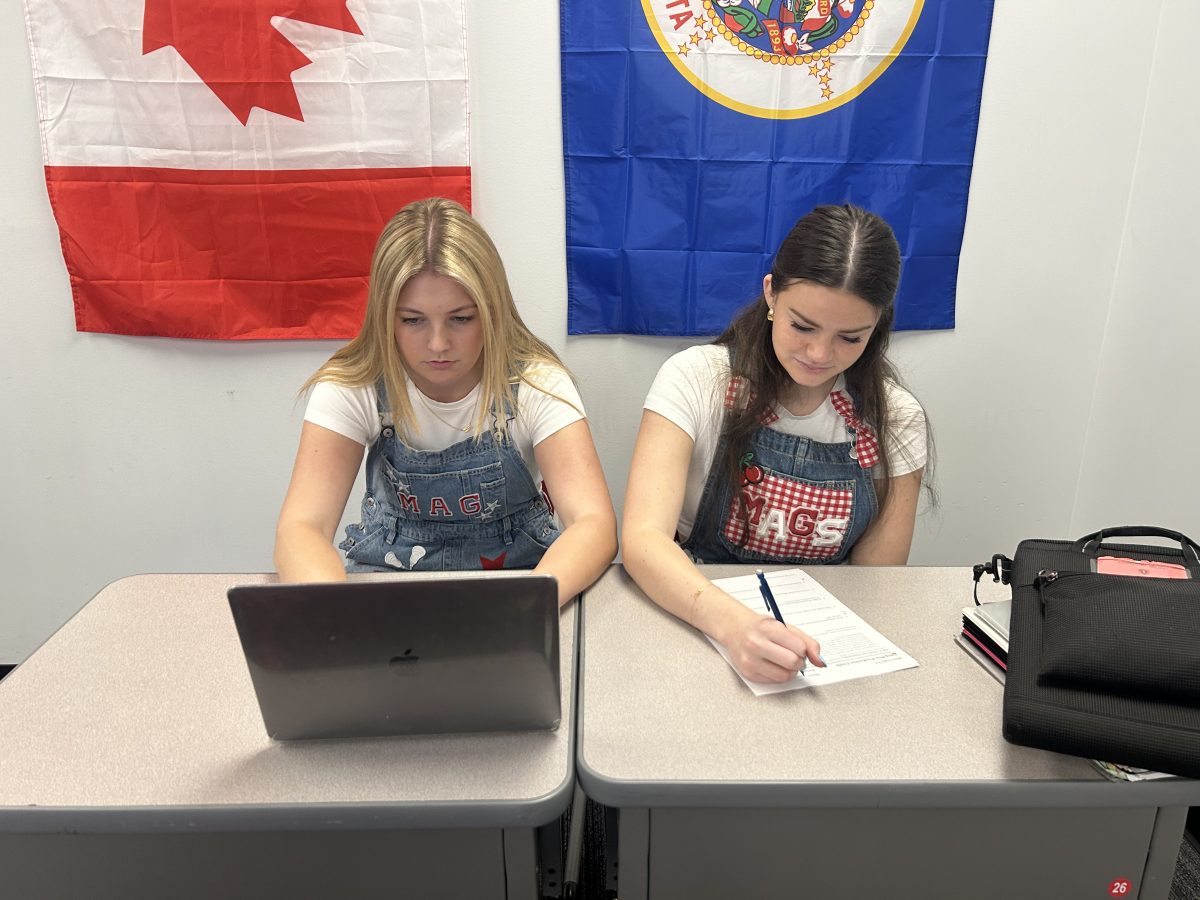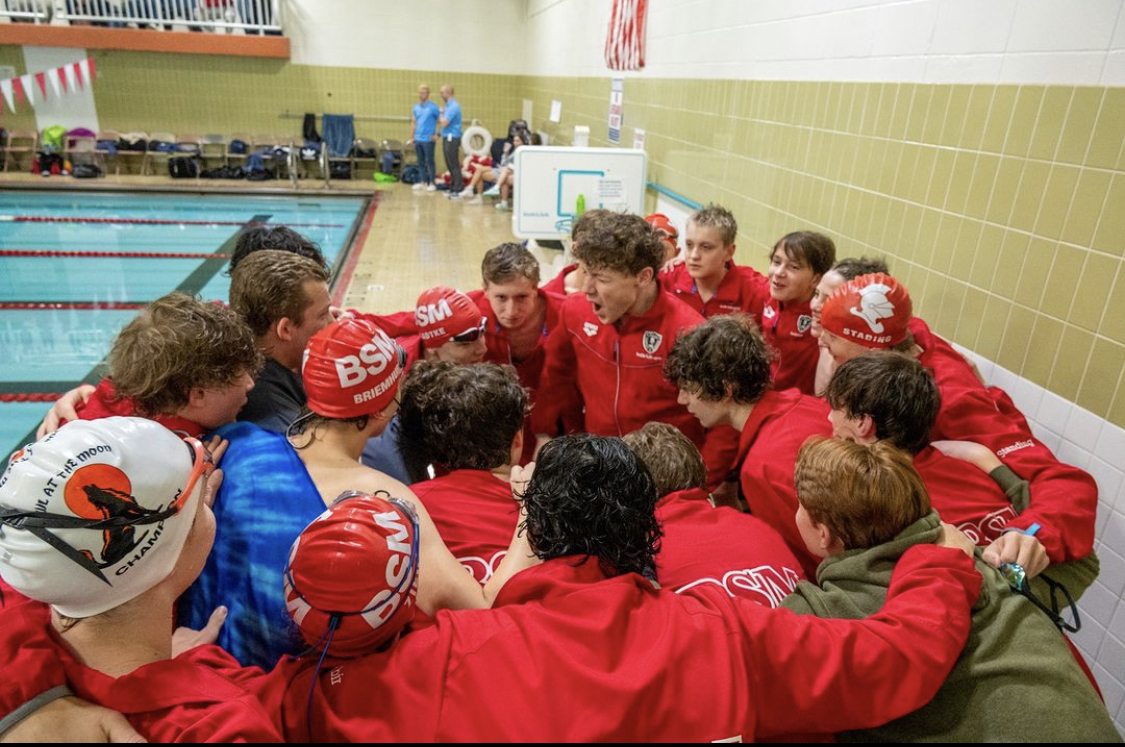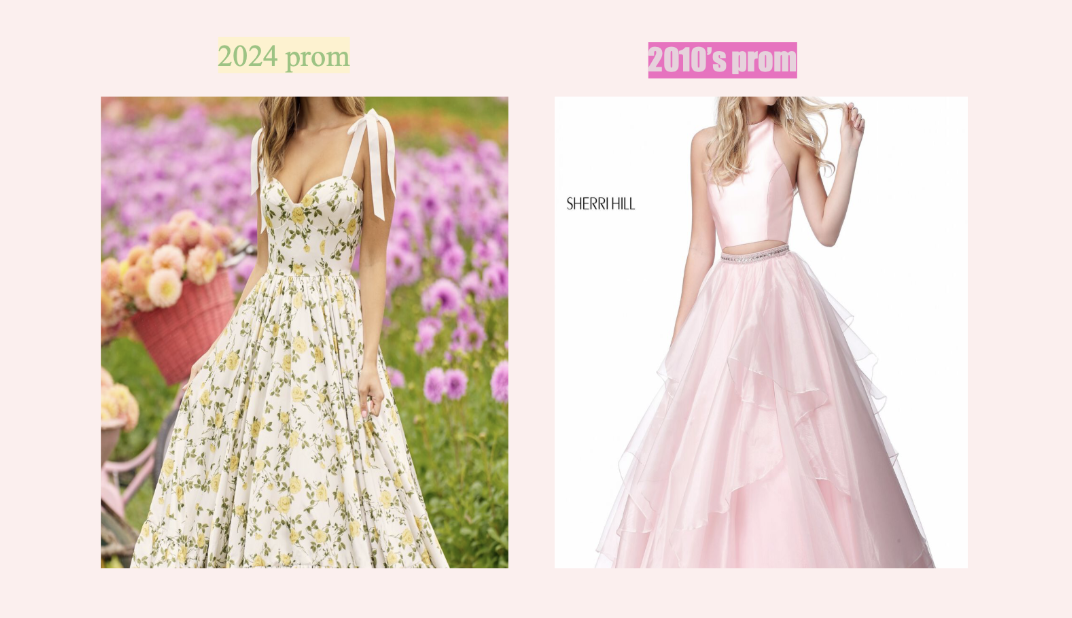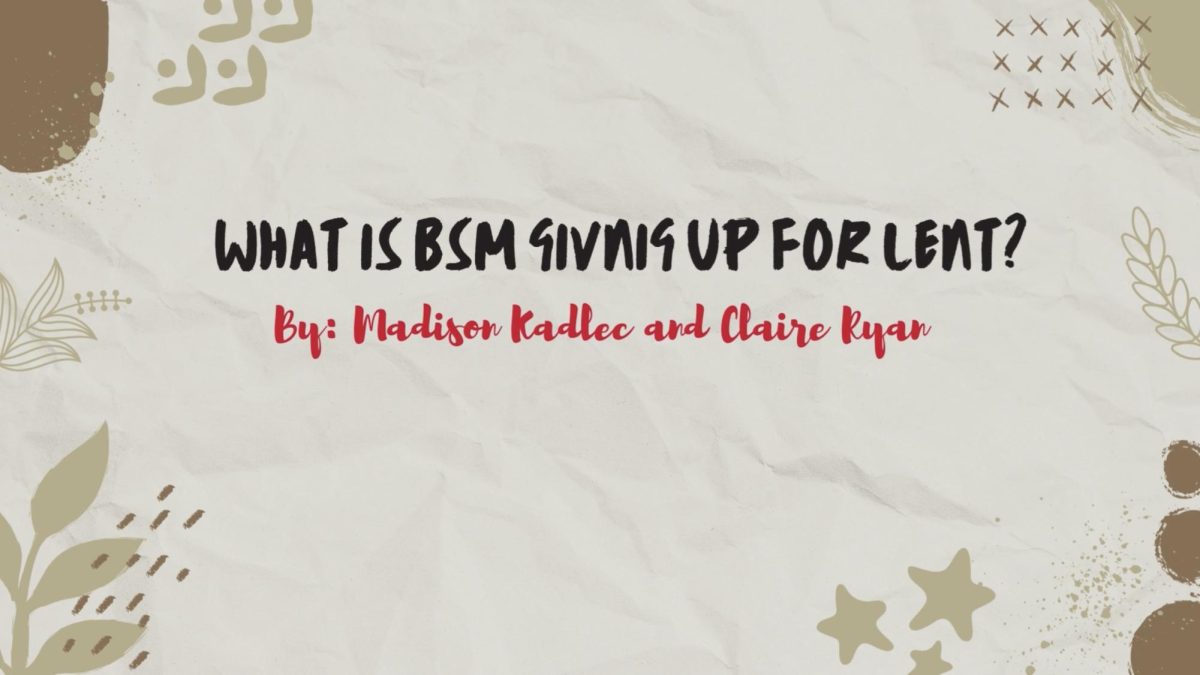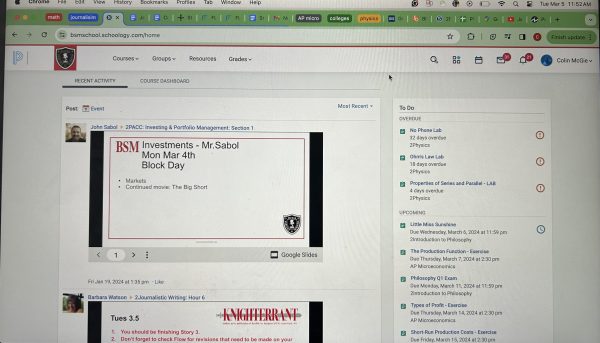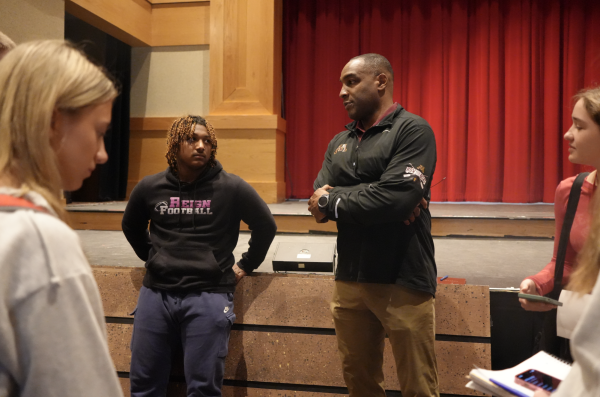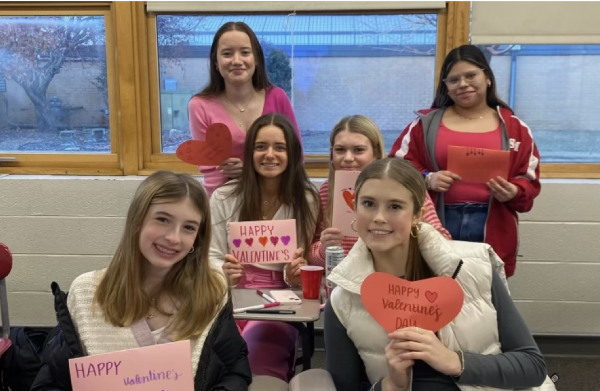The trend of the “Red Knight University” continues
When making a college decision, it’s important to consider all the pros and cons a university has to offer, so it’s no surprise that many students are drawn to the same type of colleges based on preference of class-size, price, and location. However, it can’t simply be chalked up to coincidence when one specific graduating class has a high influx of seniors attending a seemingly random university, and then that same university returning to obscurity the following year. This annual phenomenon is known to many as the Red Knight University––or RKU.
A large percentage of graduating Red Knights opt to stay in Minnesota for college, but that’s not really a surprise. Public schools like the University of Minnesota–Twin Cities, as well as private schools, like St. Olaf and St. Bens & St. Johns, regularly draw large crowds of graduates. Because of this, even with a high number of attendees, they aren’t considered RKUs. Also excluded are regular out-of-state hotspots like University of Wisconsin-Madison and Iowa State University. So, to be clear, they are not necessarily the schools with the most graduates attending, but rather an unusually large spike at a particular school.
The concept of an RKU was first brought to my attention halfway through my senior year. I was in the midst of my own college search when someone asked for my prediction on this year’s RKU. I was completely unaware that the term even existed and was equally baffled by the person’s explanation. This intriguing topic quickly became an obsession, and I set off on a mission to identify the past RKUs as well as this year’s. After spending nearly 45 minutes analyzing past KE senior issues, I was able to compile an absolutely scientific, unbiased, and completely not subjective list.
Here it is:
2009– Results were inconclusive*.
2010– Butler University in Indianapolis, Indiana with five seniors attending.
2011– University of Missouri (Mizzou) in Columbia, Missouri with four senior attending.
2012– Marquette University in Milwaukee, Wisconsin with fourteen students attending**.
2013– Xavier University in Cincinnati, Ohio with five seniors attending.
2014– Creighton University in Omaha, Nebraska with ten seniors attending***.
2015– DePaul University in Chicago, Illinois with six seniors attending.
2016– Purdue University in Lafayette, Indiana with six seniors attending.
*As far as my research goes, it appears that the phenomenon that is RKU did not always occur. My editor and I researched back as far as 2009, where the graduating class was so marvelously spread out that no out of state college had more than two or three people going there. Because of this, it was exceptionally hard to determine an RKU for 2009.
**Marquette University has always had a fairly large number of Red Knights attending, however, this year was particularly larger. With a rough estimate, BSM usually has 4-6 seniors attend Marquette, so fourteen students was still an exorbitant amount.
***Creighton has steadily been receiving more and BSM grads as the years tick by, but the group was especially large in ‘14, which is a trend that seems to have continued because this year’s class also has a lot of students attending Creighton.
The analysis of the size, location, and selectiveness of the past RKUs coupled with interviews as to why particular seniors chose these schools, create a sort of pattern or mold that characterizes most Red Knight Universities. For example, all are mostly medium-sized private schools, with the exclusion of the 2011’s University of Missouri. All of the schools are also geographically located in the Midwest and are relatively selective––with around a 50-60% acceptance rate.
Audrey Jewett, a BSM grad from the class of 2015, chose to attend that year’s RKU, DePaul University. She explained that the school felt like a great fit for her, and the number of BSM student’s attending didn’t influence her decision at all. “I didn’t know how many other BSM kids were going to DePaul, so it was not part of my decision. I rarely see people from BSM unexpectedly. Michaela Potter [another 2015 BSM graduate] lives down the hall from me so I see her, but I haven’t seen other BSM kids at all,” Jewett said.
Even after analyzing the “facts” and talking to former students, there doesn’t seem to be a clear reason for why students are choosing these schools. Do they simply want to be with friends? Do these colleges offer a lot of money? Can you predict next year’s RKU? Or is it all purely coincidental? To quote the Tootsie Pop owl, “the world may never know.”


